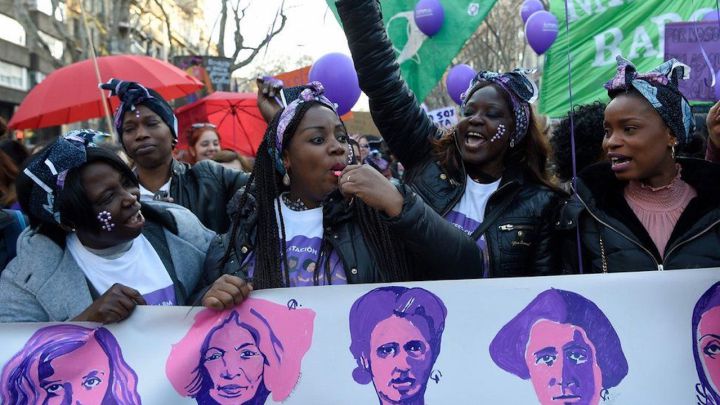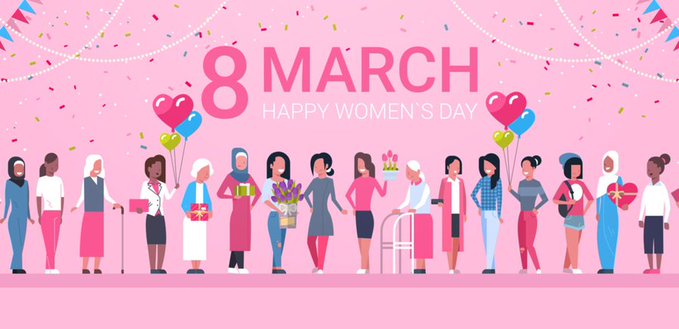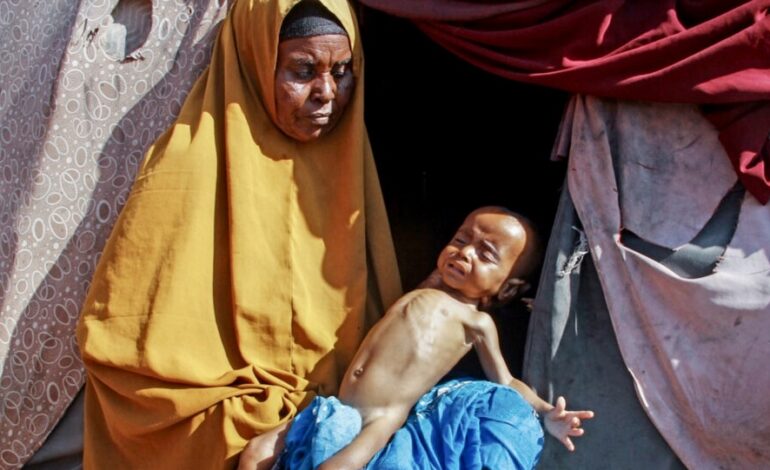
Ekeomah Atuonwu
International Women’s Day is a global holiday celebrated annually on March 8 to commemorate the cultural, political, and socioeconomic achievements of women
The theme of the 2022 International Women’s Day Celebration is “Gender equality today for a sustainable tomorrow.” With the hashtag #BreakTheBias
WHAT IS ITS ORIGIN?

International Women’s Day arose from the efforts of labor organizations across North America and Europe around the turn of the twentieth century, according to the United Nations Educational, Scientific, and Cultural Organization.
“The first National Woman’s Day was marked in the United States on February 28 1909, which was dedicated by the Socialist Party of America in honor of the 1908 garment workers’ strike in New York, where women protested against poor working conditions,” according to UNESCO.
On the last Sunday in February in 1917, Russian women chose to protest and strike under the slogan “Bread and Peace” (which fell on 8 March on the Gregorian calendar). Their campaign eventually resulted in the implementation of women’s suffrage in Russia.
The predecessor of International Women’s Day, previously known as National Women’s Day, was first observed at the suggestion of activist Theresa Malkiel.
The United Nations Charter was the first international accord to recognize the ideal of equality between men and women in 1945, but the UN did not commemorate its first official International Women’s Day until March 8, 1975, during International Women’s Year.
In December 1977, the United Nations General Assembly passed a resolution declaring a United Nations Day for Women’s Rights and International Peace, to be marked by Member States on any day of the year, in accordance with their historical and national traditions.
Finally, the United Nations adopted International Women’s Day in 1977 and it became a mainstream global holiday, with member states asked to declare March 8 as an official UN holiday promoting women’s rights and world peace.

WHAT IS THE SIGNIFICANCE?
“International Women’s Day is an occasion to celebrate progress toward gender equality and women’s empowerment, as well as to critically reflect on those accomplishments and strive for a greater momentum toward gender equality globally,” according to UNESCO.
It’s a day to celebrate women’s outstanding achievements and to unite as a force to push gender equality around the world.”
According to the UN, advancing gender equality in the context of the climate crisis and disaster risk reduction is one of the greatest global challenges of the 21st century.
Women are increasingly being recognized as more vulnerable to climate change impacts than men, as they constitute the majority of the world’s poor and are more dependent on the natural resources which climate change threatens the most.
At the same time, women and girls are effective and powerful leaders and change-makers for climate adaptation and mitigation. They are involved in sustainability initiatives around the world, and their participation and leadership results in more effective climate action.
Continuing to examine the opportunities, as well as the constraints, to empower women and girls to have a voice and be equal players in decision-making related to climate change and sustainability is essential for sustainable development and greater gender equality. Without gender equality today, a sustainable future, and an equal future, remains beyond our reach.
This International Women’s Day, let’s claim “Gender equality today for a sustainable tomorrow”.






Recent Comments